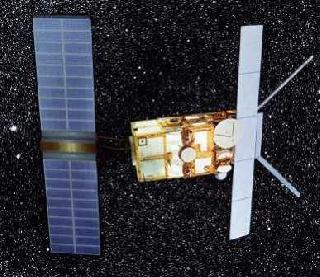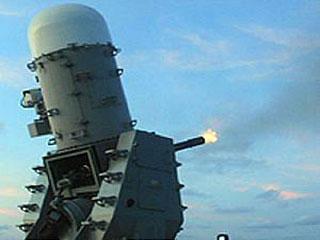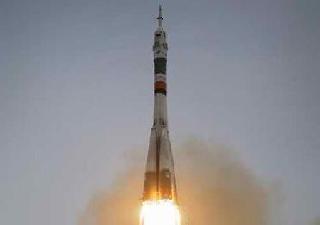
The second European Remote Sensing satellite, ERS-2. An ESA photo.
PARIS (BNS): ESA's ERS-2 observation satellite has been safely taken out of service after a final thruster firing last week to deplete its remaining fuel.
The mission ended on 5 September, after the satellite's average altitude was lowered from 785 km to about 573 km to reduce the risk of collision with other satellites or space debris.
ESA said the final critical step was to 'passivate' ERS-2, ensuring that all batteries and pressurized systems were emptied or rendered safe in order to avoid any future explosion that could create new space debris.
This primarily consisted of burning off the fuel, disconnecting the batteries and switching off the transmitters, it said.
"As soon as we saw fuel depletion occurring, a series of commands was sent to complete passivation, before shutting the satellite down for good. The last command was sent at 13:16 GMT on 5 September," said Frank Diekmann, ERS-2 Operations Manager.
With the effects of natural atmospheric drag, ERS-2 is predicted to enter and largely burn up in the atmosphere in about 15 years.
ERS - 2 was launched in 1995, four years after ERS-1, the first European Remote Sensing satellite. The satellite travelled 3.5 billion km during its lifetime, providing data for thousands of scientists and projects.
 Previous Article
Previous Article Next Article
Next Article













The Indian Air Force, in its flight trials evaluation report submitted before the Defence Ministry l..
view articleAn insight into the Medium Multi-Role Combat Aircraft competition...
view articleSky enthusiasts can now spot the International Space Station (ISS) commanded by Indian-American astr..
view article